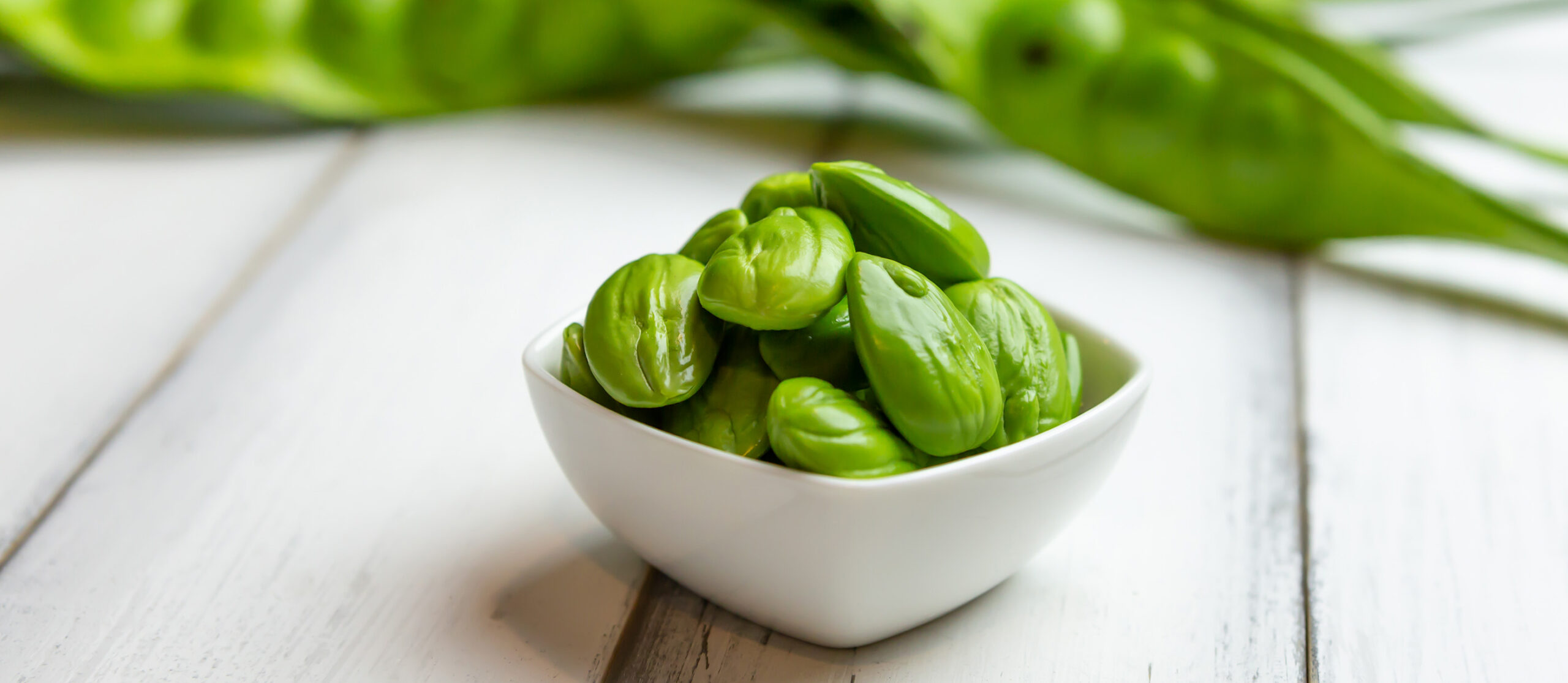What Is An Asian Bean? A Comprehensive Guide
Introduction
Asian beans play a vital role in cuisines across the continent, offering a rich variety of flavors, textures, and nutritional benefits. From soybeans to mung beans, these legumes are packed with protein, fiber, and essential nutrients, making them a staple in many Asian dishes.
In this article, we’ll explore what Asian beans are, their different types, health benefits, and culinary uses. Whether you’re a food enthusiast or looking to incorporate more plant-based proteins into your diet, understanding these beans will help you make the most of their versatility.
What Are Asian Beans?
Asian beans refer to a variety of legumes commonly grown and consumed across Asia. These beans are used in soups, stir-fries, desserts, and even fermented products. They come in different colors, sizes, and textures, each with its own unique taste and health benefits.
Some of the most popular Asian beans include:
- Soybeans (Glycine max)
- Mung beans (Vigna radiata)
- Adzuki beans (Vigna angularis)
- Black beans (Vigna mungo)
- Edamame (young soybeans)
- Hyacinth beans (Lablab purpureus)
- Winged beans (Psophocarpus tetragonolobus)
Popular Types of Asian Beans
1. Soybeans (Glycine max)
Soybeans are one of the most widely consumed beans in Asia. They are used to produce tofu, soy milk, miso, tempeh, and soy sauce. These beans are rich in protein and are a key ingredient in vegetarian and vegan diets.
Nutritional Highlights:
- High in protein
- Good source of fiber
- Contains essential amino acids
2. Mung Beans (Vigna radiata)
Mung beans are small green legumes often used in soups, sprouts, and desserts. They are easy to digest and packed with antioxidants.
Common Uses:
- Mung bean sprouts in salads
- Mung bean soup
- Sweet mung bean paste in Asian desserts
3. Adzuki Beans (Vigna angularis)
Adzuki beans are small red beans commonly used in Japanese and Chinese cuisines, especially in sweet dishes.
Benefits:
- High in fiber
- Helps digestion
- Used in traditional Asian sweets such as red bean paste
4. Black Beans (Vigna mungo)
Also known as urad beans, these are widely used in Indian and Chinese cooking. They are often made into dal (lentil soup) or fermented into black bean paste.
5. Edamame (Young Soybeans)
Edamame are immature soybeans served boiled or steamed and often sprinkled with salt.
Why They Are Popular:
- High in plant-based protein
- Rich in fiber
- Great as a snack or appetizer
6. Hyacinth Beans (Lablab purpureus)
These purple-tinged beans are used in South and Southeast Asian dishes. They are slightly bitter and must be cooked properly to remove toxins.
7. Winged Beans (Psophocarpus tetragonolobus)
This unique-looking bean is popular in tropical regions and is packed with vitamins and minerals.
Health Benefits of Asian Beans
Asian beans are not only flavorful but also highly nutritious. Here are some key health benefits:
1. Rich Source of Plant-Based Protein
Asian beans are excellent sources of plant-based protein, making them ideal for vegetarians and vegans.
2. High in Fiber
Beans help improve digestion and regulate blood sugar levels.
3. Loaded with Antioxidants
Mung beans and adzuki beans, in particular, are high in antioxidants that protect against oxidative stress.
4. Good for Heart Health
Studies suggest that consuming beans regularly can lower cholesterol and reduce the risk of heart disease.
5. Weight Management
Because they are high in fiber and protein, beans can help keep you full longer and prevent overeating.
Culinary Uses of Asian Beans
Asian beans are used in both savory and sweet dishes. Here are some ways to enjoy them:
Savory Dishes
- Soybeans: Used in tofu, miso soup, and stir-fries.
- Mung Beans: Cooked into soups or added to curries.
- Adzuki Beans: Used in savory rice dishes.
Sweet Dishes
- Mung Beans: Made into sweet paste for mooncakes.
- Adzuki Beans: Common in red bean soup and mochi fillings.
- Black Beans: Used in desserts like black bean jelly.
How to Cook Asian Beans
Basic Cooking Instructions:
- Soaking (if required) – Some beans, like soybeans and adzuki beans, need to be soaked overnight.
- Boiling – Bring beans to a boil, then simmer until tender.
- Sprouting – Mung beans can be sprouted for added nutritional benefits.
- Fermenting – Soybeans are commonly fermented into products like miso and tempeh.
Where to Buy Asian Beans
Asian beans can be found in:
- Local grocery stores
- Asian supermarkets
- Online marketplaces
For high-quality Asian food ingredients, check out GMRU UK for a variety of options.
Conclusion
Asian beans are an essential part of Asian cuisine, offering a rich variety of flavors, textures, and health benefits. Whether you’re looking to try a new dish or incorporate more plant-based protein into your diet, these beans provide a versatile and nutritious option.
For more insights into food and culture, visit Big Write Hook for engaging articles and discussions.
